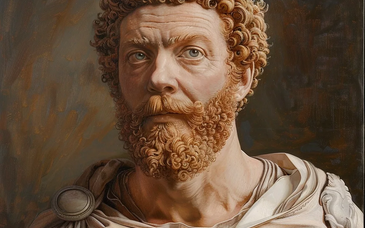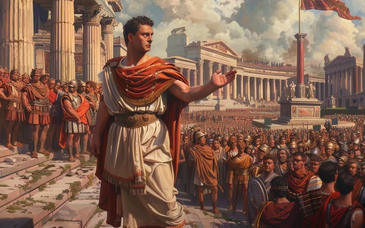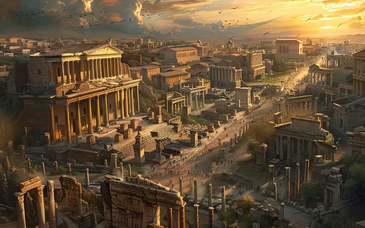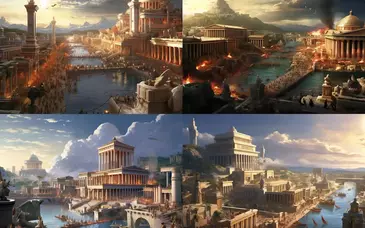Nestled in the scenic Bay of Naples in Italy, Pompeii and Mount Vesuvius stand as timeless witnesses to the dual forces of human history and nature's wrath. Join us on a captivating journey as we explore the archaeological wonders frozen in time by the eruption of Mount Vesuvius in 79 AD and the majestic volcano itself.
Pompeii - A City Frozen in Time:
The ancient city of Pompeii, once a thriving Roman metropolis, met a tragic fate when it was engulfed by the volcanic ash and debris spewed forth by Mount Vesuvius. Preserved for centuries beneath layers of volcanic material, Pompeii emerged as an archaeological treasure trove, offering an unparalleled glimpse into daily life in ancient Rome.
Walking through the well-preserved streets of Pompeii, visitors can marvel at the remarkably intact structures, including houses, temples, theaters, and public baths. The famous casts of the city's residents, frozen in their final moments, add a poignant and haunting touch to this archaeological time capsule.
Mount Vesuvius - A Sleeping Giant:
Dominating the skyline, Mount Vesuvius, though now dormant, looms over the archaeological site of Pompeii. The very force that brought tragedy to the city also created a fertile landscape around its base. Travelers seeking adventure can embark on a hike to the summit of Mount Vesuvius, where panoramic views of the Bay of Naples and the surrounding countryside await.
The trek up Mount Vesuvius offers a unique perspective on the geological forces that once unleashed chaos on Pompeii. As you stand at the edge of the crater, you can appreciate the duality of nature's destructive power and the regenerative beauty it has bestowed upon the region.
Preservation and Exploration:
Ongoing preservation efforts ensure that the ruins of Pompeii continue to captivate future generations. Visitors can explore the vast archaeological site with the aid of expert guides, uncovering the secrets of Roman urban planning, architecture, and artistry. Meanwhile, Mount Vesuvius serves as both a testament to the past and a reminder of the dynamic forces that shape the Earth.
Pompeii and Mount Vesuvius offer a compelling narrative of ancient tragedy and natural wonder. Together, they form a harmonious blend of historical exploration and geological fascination. Whether you're delving into the well-preserved streets of Pompeii or conquering the heights of Mount Vesuvius, this dual experience provides an unforgettable journey through time and the forces that have shaped this captivating corner of Italy.





